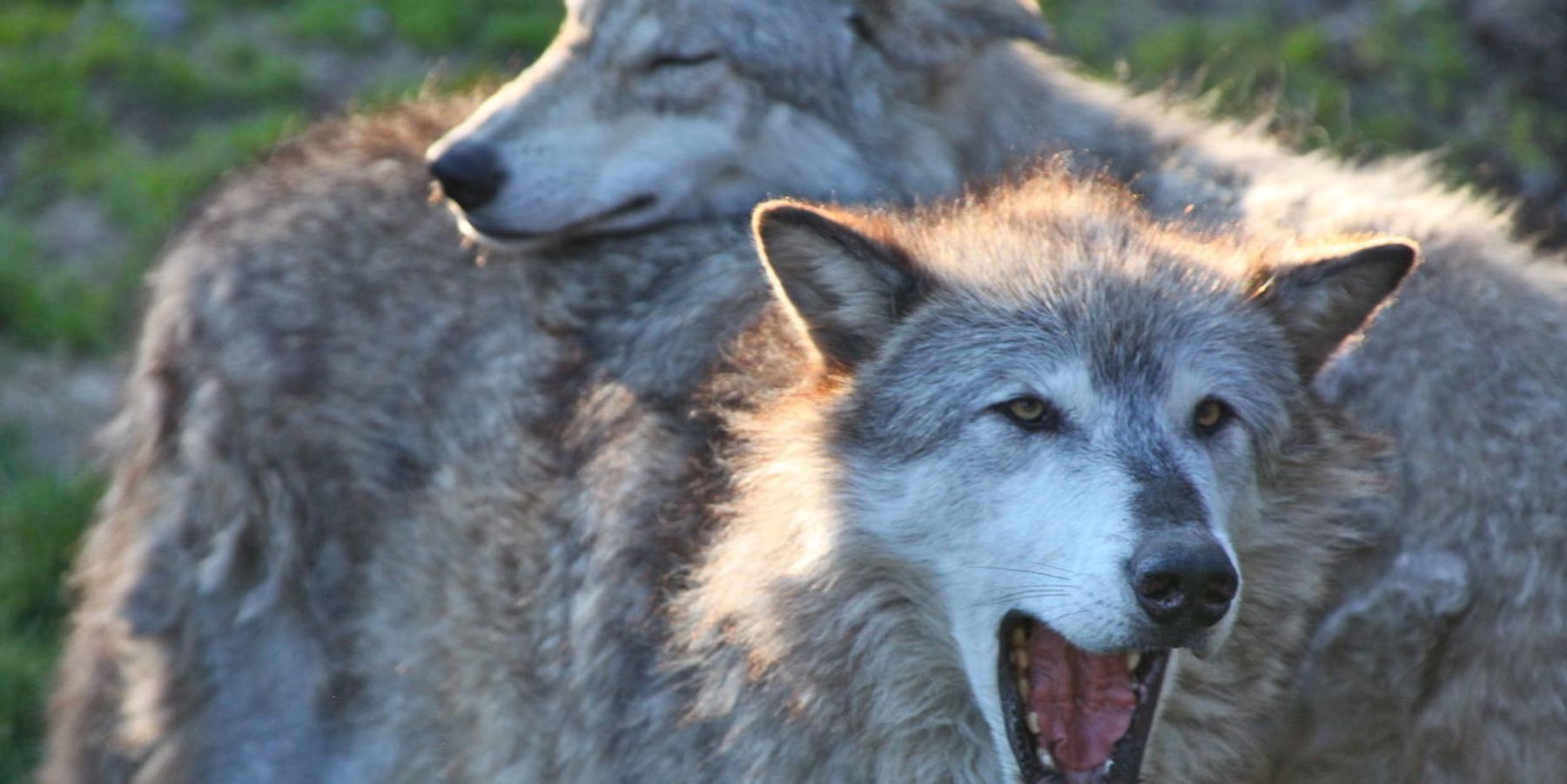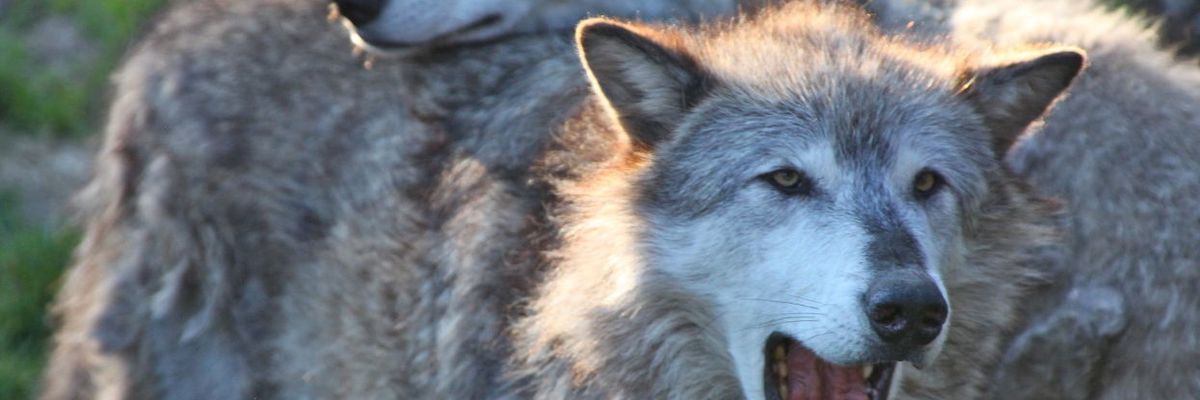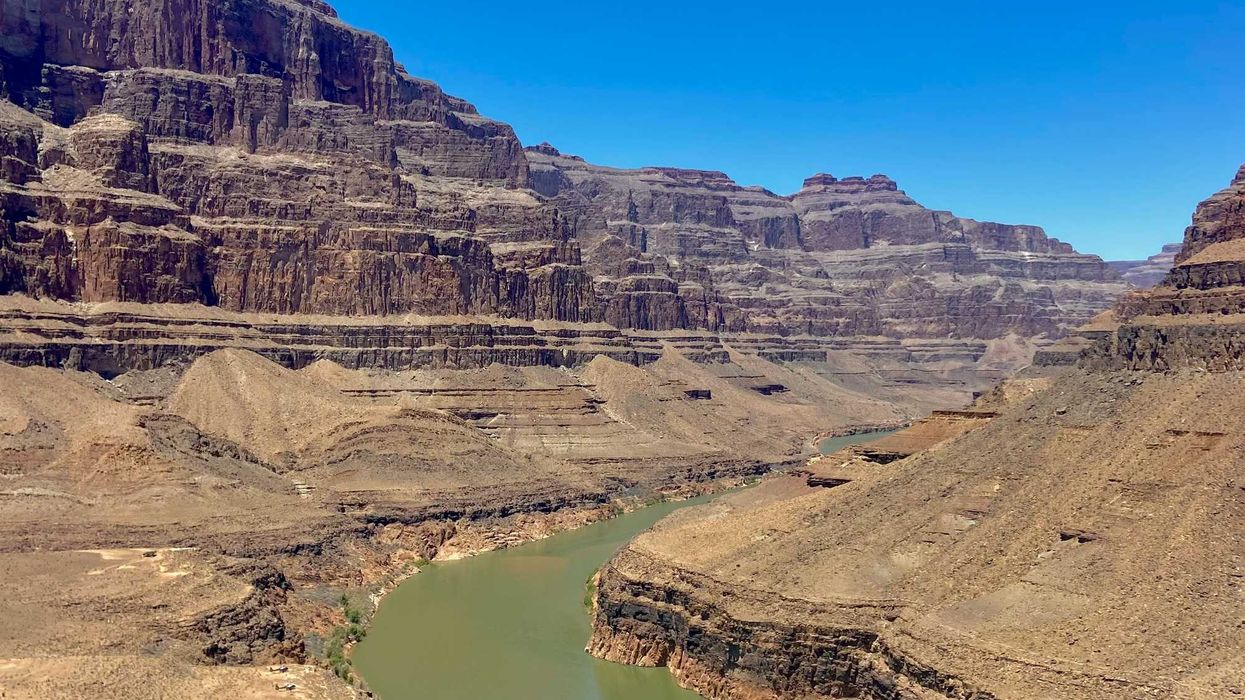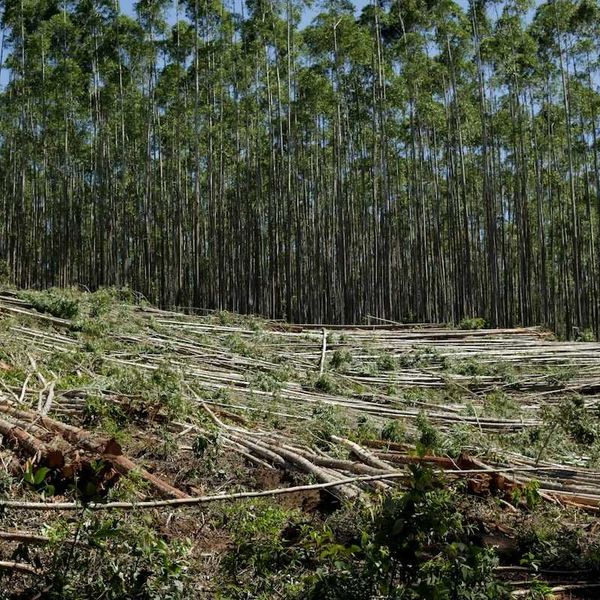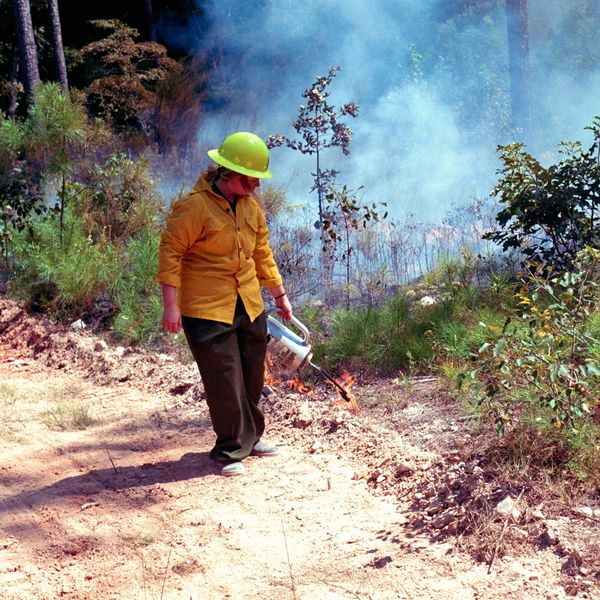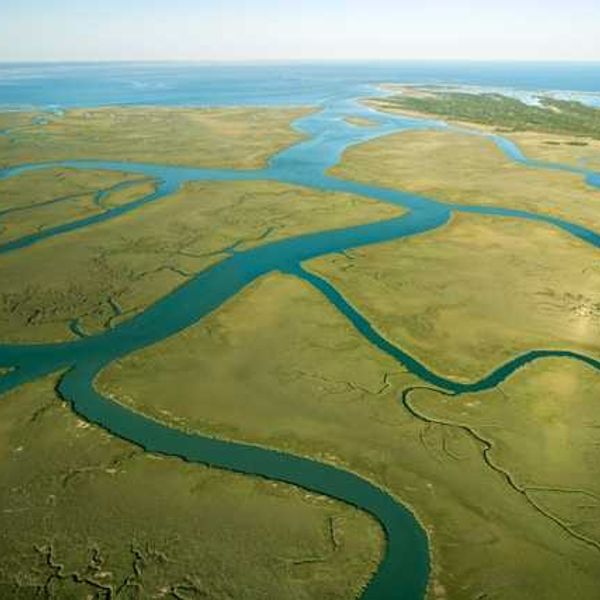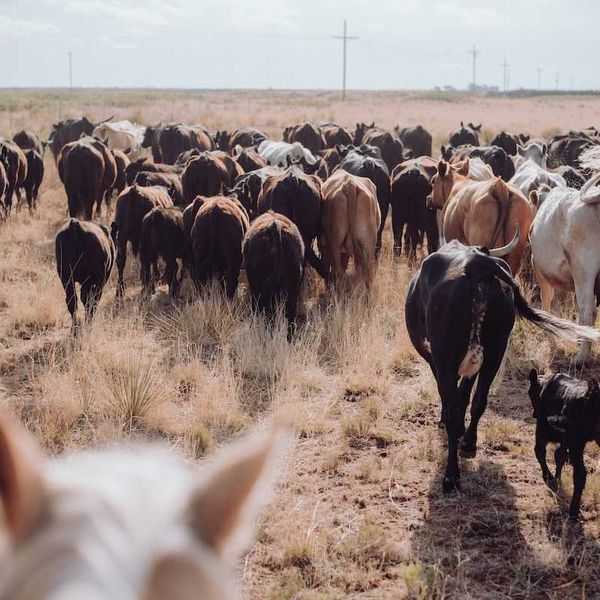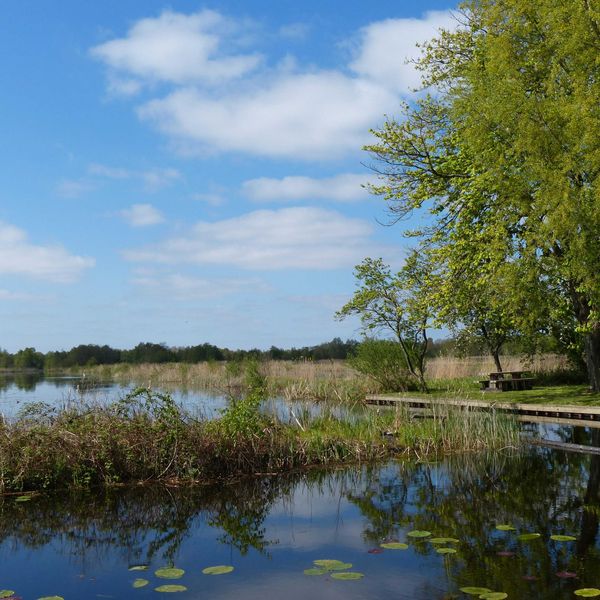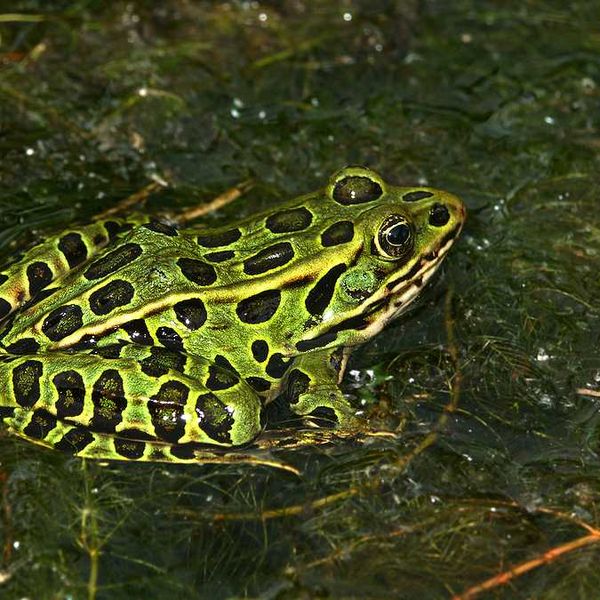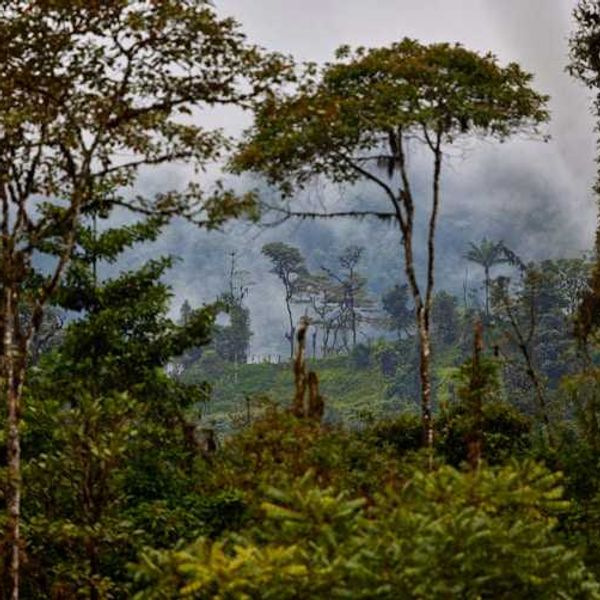Let me assume you didn't come to this page because you lack other options for coronavirus info. Instead, let's pause to celebrate the 25th Anniversary of an ecological triumph.
In the winter of 1995, a remarkable experiment took place in a frigid Yellowstone National Park. Eight wolves, imported from Alberta, were held in the park in acclimation pens for two months, then released in late March.
More followed, and a quarter century later, roughly 100 gray wolves roam the park, with as many as 400 more establishing territory outside the park's perimeter.
The external wolves continue to rankle two constituencies. Hunters regard wolves as competition for elk – a favored target for both. Ranchers resent wolves due to losses of lambs and other livestock to wolf raids. The latter concern is the main reason that wolves disappeared from the park in the first place.
When white explorers first traversed Yellowstone in the mid-1800's, they reported an abundance of evidence that wolves ruled there. As ranchers settled the area, political pressures ruled instead, and by 1926 the last Yellowstone wolf packs were exterminated.
There was no public pressure to protect wolves, thanks largely to the public relations ineptitude of the canis lupus species. To most of the world, wolves' branding was controlled by the likes of the Brothers Grimm and their huff-and-puff, house-destroying, little pig-eating villain.
And messaging was dominated by voices like the menacing, howling gangstaz that served as Dracula's backup singers in Bram Stoker's classic book and the 1931 movie.
But it became clear that the absence of wolves was throwing entire ecosystems for a loop. With wolf packs exterminated, elk thrived. The elk munched on young trees like cottonwoods and aspen, reduced tree-covered areas to relatively barren meadows. Studies show that the return of wolves has led to a recovery of trees, and that the trees' return has helped other animals, from beavers to songbirds.
This is hardly the dominance of the grays that once spanned from the current locales of Los Angeles, Dallas and Washington DC. And the only wolves whose range include those environs would be showbiz wolves, Big Oil wolves, and wolves of Wall Street respectively (see "Bad PR," above).
Interbreeding with coyotes is another challenge, not just for grays, but for their endangered cousins in the Southeast. Red wolves' domain once spread from the current locations of Talladega, Daytona, Martinsville and beyond.
But a concerted extermination effort and habitat loss brought Canis rufus to a virtual end. The U.S. Fish and Wildlife Service gathered the last known 14 reds in 1980. An intensive captive breeding program now boasts 200 captive reds. Roughly 40 released wolves struggle for existence in five low-lying counties in North Carolina, where sea level rise may soon pose a new threat.

Landowners there remain cold to the notion of wolves at their door, or at least nearby, and the survival of the wild red wolf is in doubt.
In the Southwest U.S., biologists are helping the Mexican gray wolf avoid oblivion. The Mexicans held on to habitat in parts of Arizona and New Mexico until the 1970's, when many of the last wild wolves ran afoul of ranchers. The Fish and Wildlife Service began a captive breeding program and recently announced that the wild population is at 163 and growing.
So wolf reintroduction may not be an unqualified success, but it's heartening, and certainly better than writing them off.
Preservation or reintroduction efforts continue for hundreds of species under stress. Kemp's Ridley turtles, Northern right whales, black footed ferrets, and eastern chestnut trees are all among the many objects of all-out efforts by people looking to avert oblivion.
The results are mixed, but these species have one thing in common: The potential recovery of each is dependent, at least in part, on a federal government whose current leadership is indifferent, if not downright hostile, to ecological values.
We should be thanking medical workers for their selfless efforts on coronavirus. But let's also thank the miracle workers trying, and sometimes succeeding, to save the planet's web of life.
Peter Dykstra is our weekend editor and columnist. His views do not necessarily represent those of EHN, The Daily Climate or publisher, Environmental Health Sciences. Contact him at pdykstra@ehn.org or on Twitter at @Pdykstra.
